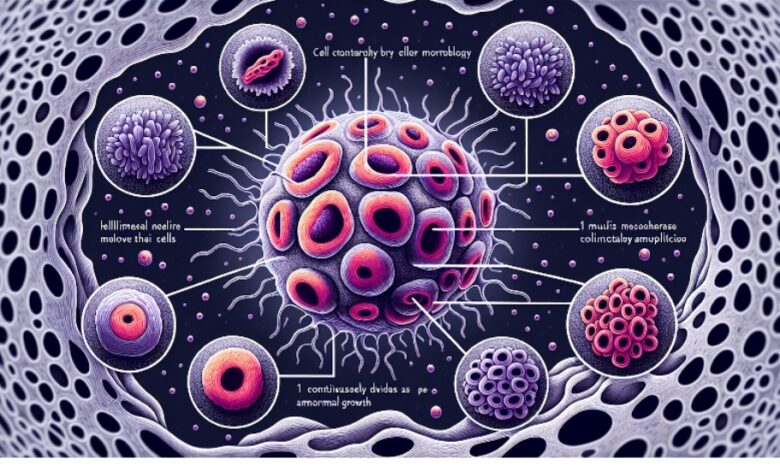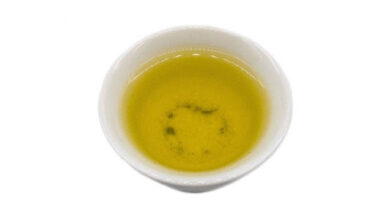HeLa Cells and Space Biology: Exploring the Final Frontier

HeLa cells are a remarkable cell line that has revolutionised the field of biomedical research. These cells, derived from a cervical cancer sample taken from Henrietta Lacks in 1951, have been instrumental in countless scientific discoveries and advancements. HeLa cells are known for their exceptional ability to survive and proliferate, making them an ideal tool for studying various aspects of cell biology.
The Significance of HeLa Cells in Research
Contributions to Medical Breakthroughs
HeLa cells have played a crucial role in numerous medical breakthroughs over the past several decades. From the development of the polio vaccine to the understanding of cancer biology, these cells have been at the forefront of scientific research. Their unique properties, including rapid growth and resilience, have made them invaluable in the study of cellular processes and disease mechanisms.
Advancements in Cellular and Molecular Biology
The use of HeLa cells has significantly advanced our understanding of cellular and molecular biology. Researchers have utilised these cells to investigate fundamental biological processes, such as cell division, gene expression, and protein synthesis. By studying HeLa cells, scientists have gained insights into the complexities of the human body and the underlying mechanisms of various diseases.
HeLa Cells in Space Biology
The Challenges of Space Environment
Space biology is a fascinating field that explores the effects of the space environment on living organisms. The unique conditions of space, such as microgravity, cosmic radiation, and altered circadian rhythms, pose significant challenges to human health and cellular function. Understanding how cells respond and adapt to these conditions is crucial for the success of long-duration space missions and the advancement of space exploration.
HeLa Cells as a Model for Space Biology Research
Cells have emerged as a valuable model for studying the effects of the space environment on human cells. Their robust nature and ability to survive in diverse conditions make them well-suited for space biology research. Scientists have conducted experiments with HeLa cells aboard the International Space Station (ISS) and other space missions to investigate the impact of microgravity and radiation on cellular processes.
Microgravity Effects on HeLa Cells
Altered Gene Expression and Cell Morphology
Microgravity, the near-weightless condition experienced in space, has a profound impact on cellular behaviour. Studies have shown that HeLa cells exposed to microgravity exhibit altered gene expression patterns and changes in cell morphology. These alterations can affect various cellular processes, including cell division, differentiation, and metabolism. Understanding how microgravity influences HeLa cells provides valuable insights into the potential effects on human physiology during space travel.
Implications for Human Health in Space
The findings from microgravity studies using HeLa cells have significant implications for human health in space. By understanding the cellular adaptations and responses to microgravity, scientists can develop strategies to mitigate the negative effects of spaceflight on the human body. This knowledge is crucial for ensuring the well-being of astronauts during long-duration missions and for developing countermeasures to maintain optimal health in space.
Radiation Effects on HeLa Cells
Increased DNA Damage and Repair Mechanisms
Cosmic radiation is another major concern for space travelers. HeLa cells have been used to study the effects of radiation exposure on human cells. Experiments have shown that HeLa cells exposed to simulated cosmic radiation exhibit increased DNA damage, including DNA strand breaks and chromosomal aberrations. However, HeLa cells also demonstrate remarkable DNA repair capabilities, providing insights into the cellular mechanisms that help protect against radiation-induced damage.
Implications for Radiation Protection in Space
Understanding the effects of radiation on HeLa cells is crucial for developing effective radiation protection strategies for astronauts. By studying the DNA repair mechanisms and cellular responses to radiation, scientists can identify potential targets for interventions and develop countermeasures to minimize the harmful effects of cosmic radiation on human health. This knowledge is essential for ensuring the safety and well-being of astronauts during long-duration space missions.
HeLa Cells and the Study of Cancer in Space
Altered Cancer Cell Behavior in Microgravity
Cancer is a major health concern, both on Earth and in space. Cells, being derived from a cervical cancer sample, provide a unique opportunity to study cancer cell behaviour in the space environment. Experiments have shown that HeLa cells grown in microgravity exhibit altered growth patterns, gene expression, and drug responsiveness compared to cells grown under normal gravity conditions. These findings shed light on the potential effects of spaceflight on cancer progression and treatment.
Implications for Cancer Research and Treatment
The study of HeLa cells in space has important implications for cancer research and treatment. By understanding how the space environment influences cancer cell behavior, scientists can gain new insights into the underlying mechanisms of cancer progression and develop more effective treatment strategies. Additionally, the knowledge gained from these studies can potentially lead to the development of novel cancer therapies that exploit the unique conditions of the space environment.
Challenges and Future Directions
Technical Challenges in Space Biology Research
Conducting space biology research with HeLa cells presents several technical challenges. Maintaining cell viability, ensuring proper experimental conditions, and performing complex assays in the space environment require specialised equipment and protocols. Scientists must overcome these challenges to obtain reliable and reproducible results from space-based experiments.
Collaborative Efforts and International Partnerships
Space biology research with HeLa cells benefits from collaborative efforts and international partnerships. Sharing expertise, resources, and experimental data among researchers worldwide is essential for advancing our understanding of the effects of the space environment on human cells. Collaborative initiatives, such as the International Space Station National Lab, provide opportunities for scientists to work together and conduct cutting-edge research in space biology.
Conclusion
HeLa cells have played a pivotal role in advancing our understanding of cellular biology and have now emerged as a valuable tool in space biology research. By studying the effects of microgravity and radiation on HeLa cells, scientists are gaining crucial insights into the impact of the space environment on human health. The knowledge gained from these studies has significant implications for the success of long-duration space missions and the development of effective countermeasures to protect astronauts. As we continue to explore the final frontier, HeLa cells will undoubtedly remain at the forefront of space biology research, contributing to our understanding of life in the cosmos and paving the way for future space exploration endeavours.


